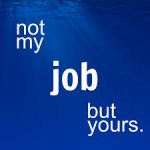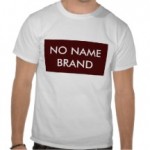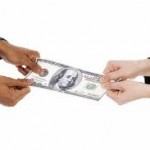It’s not uncommon for entrepreneurs to think about what I call “the Usual IP Suspects”--that is, patents, trademarks, copyrights and trade secrets--when they consider protection of their company’s value. I learned working as patent attorney at a prestigious IP law firm, and later in a corporate environment, that often a company’s value can exist in forms other than these most recognized forms of IP protection.

Indeed, for many companies, a great deal of value can reside in the broad class of “intangible assets.” It is then important for company leaders to identify and protect these less recognizable forms of company value. The B-School types say, “what







